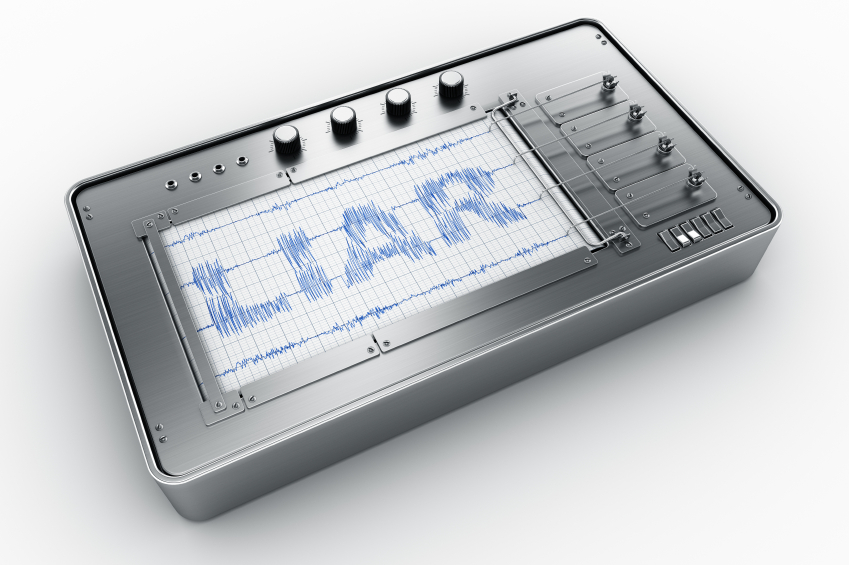OPM Issues New Rule for Public Trust Investigations
In an OPM rule finalized this week, agencies will have to reinvestigate employees in public trust positions every five years. The rule was initially proposed in December of 2009 but has taken two years to implement.
In the review, some criticized the need for or effectiveness of the periodic investigations themselves, as well as the cause. In the decision OPM supported the executive order but established the National Agency Check with Local Agency Check (NACLC) or Periodic Reinvestigation (PRI) as the “investigative product.” The lower cost of these investigations was cited as the reason for their use…
“Considering that a public trust position’s potential adverse impact on
the efficiency or integrity of the service is greater than that of low-
risk positions, we believe 5 years is a reasonable timeframe for public
trust reinvestigations,” the rule stated.
Public trust positions are those considered “moderate or high risk level” for causing damage or allowing the individual to achieve personal gains.
The rule noted the need to align public trust reinvestigations with clearance investigations to the extent possible, stating a clearance reinvestigation may meet public trust reinvestigation requirements. In order to reduce redundant investigation, “A reinvestigation on a Special Sensitive or Critical Sensitive national security position will be sufficient to meet, the reinvestigation need of a High Risk public trust position. A reinvestigation on a Non-Critical Sensitive national security position will be sufficient to meet the reinvestigation need of a Moderate Risk public trust position,” the rule stated.
The only change between the proposed and finalized rule is the need to reinvestigate employees who have left federal service for less than two years. OPM stated agencies will not need to do new investigations for those employees.



Comment Archive
Establishing a 5 year interval for reinvestigation of all Public Trust positions is major change that will improve security and make the contract investigation suppliers very happy. But perhaps even more important is the pending change to 5 CFR 732. Deep in the OPM comments to the final rules affecting 5 CFR 731 are the following words:
“Likewise in our proposed rule amending 5 CFR part 732, dated December 14, 2010, Designation of National Security Positions, the timeframe for reinvestigations is also set at 5 years for national security positions not requiring eligibility for access to classified information. We expect to publish the revised part 732 regulations in early 2012.”
This type of change does not happen in isolation. There will have to be a change to implementation of E.O. 12968 by the ODNI that will require reinvestigations at 5 year intervals (instead of 10 or 15 year intervals) for everyone that holds a Secret or Confidential clearance. A new DODI 5200.2 is due out in the next few months and a new DOD 5200.2-R is probably finally going to get updated next year after 16 years without any changes. What a coincidence.
Well, my contractor better be getting ready to hire a large number of new investigators once this kicks in. And then with the change in the timeframe for reinvestigations on those holding Secret clearances, we better hire even more.
More SPIN related ESIs. UGH. 🙁
Job security baby!
I just hope they start allowing us to go over the paperwork back to the prior investigation on these reinvestigations… Instead of having to go back to 1979 because that’s how far the subject decided to go. Sigh…
Man, this is gonna create an endless amount of work for you guys 🙂
Shut it, BW.
@ Contractor: Lately 75 to 80% of the info in my ROIs is correcting or clarifying information the SJ listed wrong on their 86. 20 to 25% is actual adjudicative material. Very frustrating. Sometimes I wish I could walk into an ESI, hand the SJ their 86 and say you did it wrong. When you can read the instructions and fill it out correctly get back to me. I would then walk out. RT/UC my item with an I-note that reads “Enhanced Subject Interview was not conducted because Subject did not know how to read the instructions on the SF-86 and filled out his/her case papers wrong. Subject’s case papers were handed back to them and they were advised to read the instructions and fill them out correctly.”
That would be awesome.
I have to say though, I just filled out the new SF-86 and it is really confusing. I see why subjects have so many problems with it.
How much better do you guys see the accuracy of the E-QIP being vs. someone being requested to fill out the SF-86 manually? Does the E-QIP catch a decent amount of errors/omissions? Seems like with the technology available these days everyone should be filling out the information electronically where errors/omissions can be caught up front vs. relying on someone to dot every “i” and cross every “t” on the paper SF-86.
Blues Clues
Mantech is looking for a Sr Adjudicator in VA.
BW –
Thanks for the heads up but I don’t have the active TS required; I’ve only got active Secret and favorable adjudication for TS eligibility. Mantech won’t budge on the active TS requirement. The only Secret level work they have available involves TSA ID cards – and that’s not of interest to me.
Good looking out, especially while you are headed for the door. Many thanks!
@Investigator- that would be AWESOME! I just got an OPM re-open for information that is absolutely not required. While my company is disputing it with OPM, I still have to get the information from the subject because “OPM requested it”. My I-Note is going to have to read something like “Subject did not provide this information on the SF-86 because they were following the instructions on the questionnaire and the information was not required to be listed”.
So not only are we spending most of our time correcting the paperwork and obtaining information that was required and omitted, now we have to worry about obtaining information that is specifically not required, per the handbook and the SF-86. Ugh…
Just tendered my resignation tonight. I will be moving back into the DoD world to work on a special project at least for about 4-6 years. After that, I will be about 52 and will begin hitting golfballs for a living. Who knows, maybe I’ll come back and join you guys again. I will drop in and leave a few “Smarmy” comments from time-to-time 🙂 If any of the regulars, Fed, Blues, Contract Inv want to correspond, maybe William will share my e-mail with you. Investigator, it’s been a pleasure talking and stay in touch–we all need to be networking. Peace my friends.
Blues Clues,
Tell these people to do a simple RRU and have your SSBI adjudicated. It does not take long to do, usually a handful of weeks. I would re-submit again and again and use the word “Clearable” with current SSBI, they will get the hint and, if that doesn’t work–knock on their front door.
Last but not least
William,
Stay in touch and if I can do anything for you, just say the word.
Much luck and success in your endeavors BW!
Keep in touch for sure!
Any idea what Mantech pays senior adjudicators in Va?
Mike –
Your guess is as good as mine. Although I’m pretty sure that salaries vary from contract to contract and vary based on level of difficulty (national security adjudication vs. suitability adjudication, etc).
Does anyone know if this seems off? Hold a current active secret. went to new place. they wanted me to do a Public Trust- High level. After 1 year of having this public trust held over my head it came back as “unsuitable” for job site. Is the public trust supposed to be completed in a certain matter of time? Is almost 1 year acceptable? Also why was my current active secret not able to be used? Shouldn’t that be counted under the reciprocity law?
-thanks
A secret clearance can be granted at low, moderate or high risk levels. Public Trust positions are at moderate or high risk levels, so if your secret clearance investigation was done at the low risk level then an upgrade would have been required. Some issues with the DCII checks have been holding up investigations (e.g., AF OSI checks), so it is not unheard of for an investigation to take a year before it gets adjudicated.